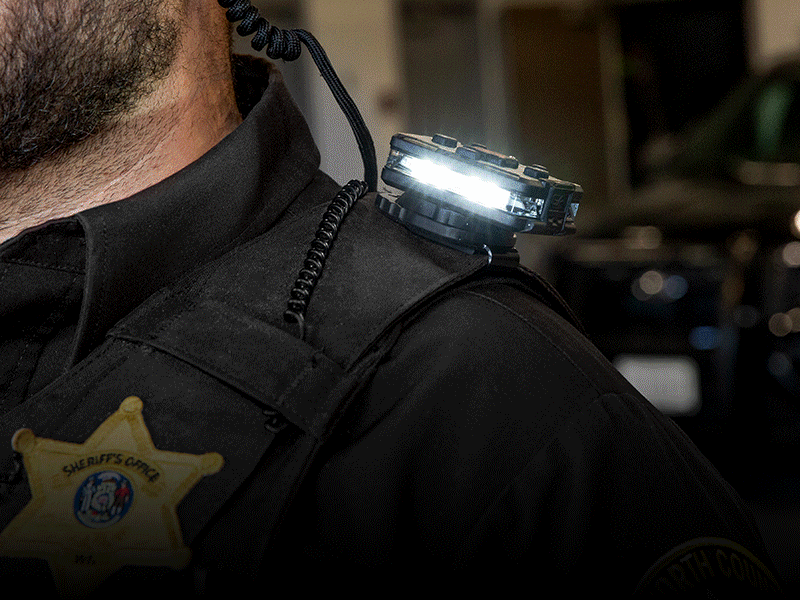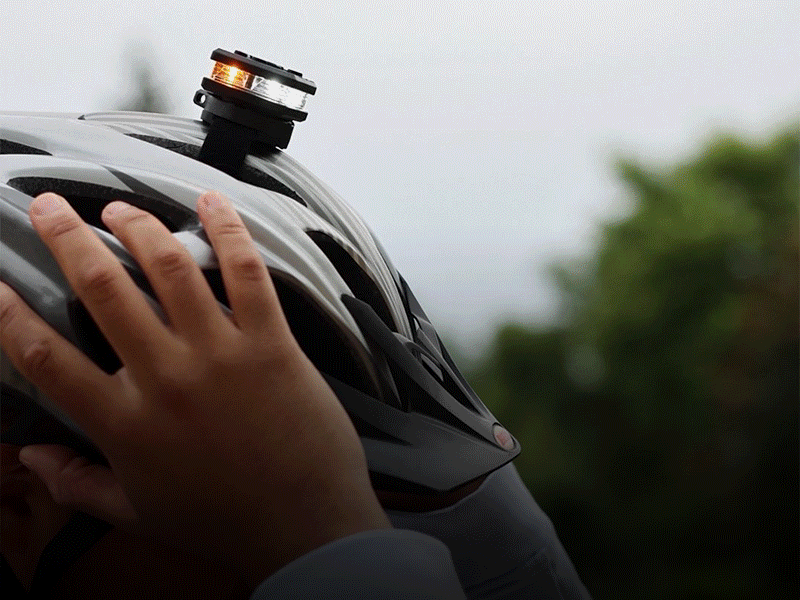Illinois Emergency Vehicle Light State Statutes
Illinois Emergency Vehicle Light State Statutes
In deciding whether a vehicle should display emergency lights in the state of Illinois, there are clear rules in the motor vehicle laws about which cars and trucks are required to do this. The position of the vehicle and the organization or individual to whom it belongs will decide which color lights can be shown and where these lights can be switched on and used in situations. Laws concerning emergencies.

Police lights
Under Illinois state statute 625 ILCS 5/12-215, section A1, police vehicles are allowed to display red or white lights. Police lights can be strobe lights that oscillate, rotate or flash. Section B9 of the same statute allows for the use of amber lights on law enforcement vehicles, in addition to red and white lights. Section E requires that lights are visible from up to 500 feet on the police vehicles. These regulations apply to law enforcement vehicles locally, stately, and federally. Sections C2 and C3 allow the use of blue lights on state and local law enforcement vehicles in towns with a population of more than 500,000 when red and white lights are also used.
Section A2 of the aforementioned statute provides for the display of red and white emergency lights by personal vehicles used as law enforcement vehicles when several conditions are met. Local authorities must designate and authorize the car or truck in writing to serve as a vehicle for the law enforcement. This authorization must also be carried at all times in the vehicle to be presented upon request.
Fire truck lights
Fire trucks are also allowed to show multiple colors in their emergency lights. Illinois State Statute 625 ILCS 5/12-215, section A3, (http:/www.ilga.gov/legislation/pubact92/acts/92-0782.html), allows local, state, and federal fire vehicles to display oscillating, rotating, or flashing lights in red or white. Section E stipulates that all lights mounted on fire vehicles should be visible up to 500 feet away. These regulations apply to law enforcement vehicles locally, stately, and federally. Section C4 allows blue lights to be used on local, state, and federal fire vehicles in cities when red and white lights are also used.
Section C1 of the same statute allows to display red and white emergency lights on some personal vehicles belonging to firefighters. It refers to firefighters who are paid in full, in part or who work as firefighters on request. A member of a fire district’s board of trustees is also allowed to show off the lights on their personal vehicle. These vehicles are only allowed to activate their lights when they respond to a situation that is truly emerging.
Volunteer Fire Fighter Lights
Regulations for volunteer firefighters in Illinois state are slightly different from those for government-owned vehicles. State Statute 625 ILCS 5/12-215, section C1, (http:/www.ilga.gov/legislation/pubact92/acts/92-0782.html), personal vehicles belonging to volunteer firefighters may display blue lights that swing, rotate or flash. Volunteer fire vehicles are only allowed to turn their emergency lights on when they respond to a real emergency. Section E mandates that all lights displayed and activated on voluntary fire vehicles must be visible up to a distance of 500 meters.
Section C-1 of the same statute provides for additional emergency lighting on vehicles fired by volunteers. These vehicles can be equipped with flashing blue strobe grille lights and flashing white headlamps. These extra lights are also only allowed to be used when the vehicle responds to an emergency.
Ambulance lights
By Illinois State Statute 625 ILCS 5/12-215, section A5, (http:/www.ilga.gov/legislation/pubact92/acts/92-0782.html), all vehicles designated as ambulances or rescue vehicles may display red or white lights. It is only allowed to use the oscillating, rotating, or flashing emergency lights when responding to an emergency and transporting the sick or injured. Section E states that ambulance or rescue vehicle lights must be seen from a distance of up to 500 meters. Section C5 allows blue lights to be used when red and white lights are in use too. These lights are also forbidden to use when the vehicle is not going to an emergency call.
Section C-1 of this statute authorizes ambulance and rescue squad drivers paid or unpaid to add blue lights to their personal vehicles. These vehicles can be equipped with flashing blue strobe grille lights and flashing white headlamps. The use of these rotating, flashing, and oscillating lights is also only allowed when the vehicle responds to an emergency.
Tow Trucks Lights
According to Illinois State Statute 625 ILCS 5/12-215, section B1, (http:/www.ilga.gov/legislation/pubact92/acts/92-0782.html) tow trucks are permitted to display several stipulations of flashing amber lights. These oscillating, rotating, and flashing lights have to be used when actively responding to and loading a disabled vehicle. If the truck bed is designed to hold all of the vehicle’s handicapped wheels, that lights should not be turned on while towing. If some of the wheels remain off the tow truck bed, then the amber emergency light should be engaged to warm up other drivers from the potential hazard of traffic.
Construction Vehicle Lights
Vehicles belonging to state or local authorities may use amber lights under State Statute 625 ILCS 5/12-215, section B2, (http:/www.ilga.gov/legislation/pubact92/acts/92-0782.html) for construction or contracting purposes; The lights should be rotating, oscillating or flashing and should be turned on only when the vehicles are in use for maintenance or construction.
Utility Vehicles
The mounting of amber emergency lights by Illinois State Statute 625 ILCS 5/12-215, section B4 is permitted for vehicles servicing public utilities, municipalities and other maintenance services. Only when the utility vehicle is in service on a highway should the lights be activated to indicate a potential traffic hazard and cars need to be careful as they prepare to pass the utility truck or overtake it. The lights should also oscillate, shine, or rotate.
Pilot Vehicles
Pursuant to State Statute 625 ILCS 5/12-215, Section B11, any vehicle displaying a slow-moving vehicle sign may be equipped with flashing, rotating or oscillating amber emergency lights. As further outlined in ILCS 5/15-301 statute 625, section G amber lights can be used on all pilot vehicles escorting loads over 12 feet wide. The driver of a pilot vehicle also has to be at least 18 years old and licensed to operate the vehicle in the state of Illinois.
Security Vehicles
On 625 ILCS 5/12-215, section B13, vehicles that are used by an alarm responder, security company, or control agency may display amber emergency lights. Only vehicles bound by a contract with the federal, state or local government are allowed to use the emergency lights.
Section B14 also allows the security vehicles for the Department of Human Services to display amber lights. Only when used for security-related purposes can those lights be activated. The conditions where the lights can be used are at the Superintendent’s discretion at the facility and location where the equipment is to be used. The amber lights should be rotative, flashing or oscillating in both cases.
The state of Illinois motor vehicle statutes clearly delineate the colors and circumstances in which emergency warning lights can be displayed on different types of vehicles. The regulations vary depending on the vehicle’s role and whether it is privately owned or government owned. It is important to follow the laws for emergency vehicle lighting established by the Department of Motor Vehicles in the state of Illinois.
For more information on what lights are available to you, please call your State Highway Patrol office at: 217-786-7107
* Please note that these numbers are what we can currently find, and the numbers may have changed since this listing.





